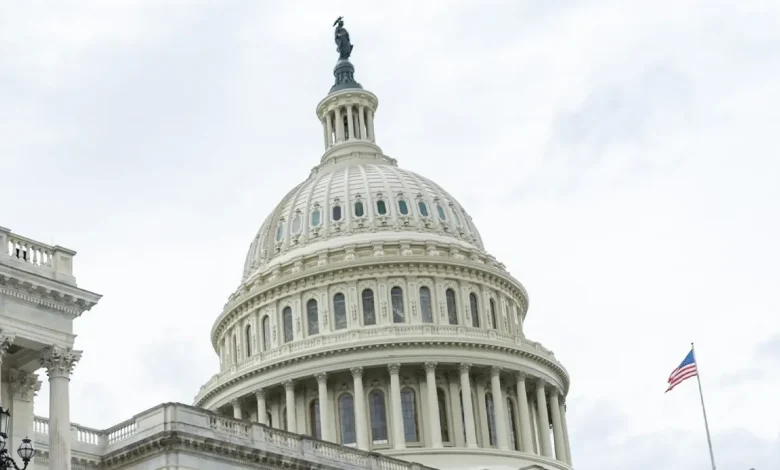Government Shutdown 2025 Update: Wednesday House vote could end longest stalemate in history

WASHINGTON – The House is expected to vote Wednesday on reopening the federal government, potentially ending the nation’s longest shutdown on its 43rd day. Frustration lingers on both sides as Democrats fell short in their push for health insurance measures, while Republicans faced blame, with polls and recent state and local elections showing voter dissatisfaction.
What we know:
The shutdown’s fallout hit millions of Americans, from federal workers left without paychecks to airline passengers facing delays and cancellations. The lapse in nutrition assistance programs fueled long lines at food banks and heightened stress heading into the holiday season.
The agreement includes bipartisan bills from the Senate Appropriations Committee to fund parts of the government, including food aid, veterans programs and the legislative branch. All other funding would be extended through January, giving lawmakers more than two months to complete additional spending bills.
SNAP food aid status uncertain
Big picture view:
Millions of Americans who depend on SNAP benefits to buy groceries are approaching a third week without aid after President Trump’s administration cut off the program during the shutdown.
The U.S. Supreme Court on Tuesday declined to order full funding for a program that serves about one in eight Americans, staying out of a legal debate over lower court rulings and leaving millions uncertain about when their benefits will resume.
The U.S. House could send President Trump legislation as soon as Wednesday to end the shutdown, a step that would restore full SNAP funding for November and close a bitter legal battle.
READ MORE: Supreme Court extends order blocking full SNAP payments
Flight cancellations continue
By the numbers:
Airlines have canceled more than 9,000 flights nationwide since the Federal Aviation Administration ordered cuts last week to ease pressure on short-staffed control towers during the government shutdown.
Another 1,200 domestic flights were canceled Tuesday as the FAA raised its target for cuts at the nation’s busiest airports to 6%, up from 4%. The number of cancellations was lower than in recent days. Transportation Secretary Sean Duffy credited that to more air traffic controllers returning to work after word of a shutdown agreement.
The government may reopen in the coming days, but airport disruptions, flight cancellations and economic losses won’t disappear immediately.
READ MORE: Despite shutdown nearing end, travel chaos continues as FAA requires airlines to reduce flights
Damage of the shutdown
Dig deeper:
The Congressional Budget Office says most of the economic damage will be recovered once the shutdown ends, but not all of it. The agency estimates a permanent loss of about $11 billion from a six‑week closure.
The shutdown triggered widespread difficulties for Americans. Federal workers missed paychecks, straining finances and causing emotional stress. Travelers faced delays and cancellations. Families relying on safety-net programs such as SNAP saw benefits halted, sending people across the country to food banks for meals.
“This dysfunction is damaging enough to our constituents and economy here at home, but it also sends a dangerous message to the watching world,” said Sen. Jerry Moran, R-Kan. “It demonstrates to our allies that we are an unreliable partner, and it signals to our adversaries that we can’t work together to meet even the most fundamental responsibilities of Congress.”
The Source: Information in this article comes from the Associated Press.
NewsPoliticsDonald J. TrumpChuck SchumerWashington, D.C.Top Stories




